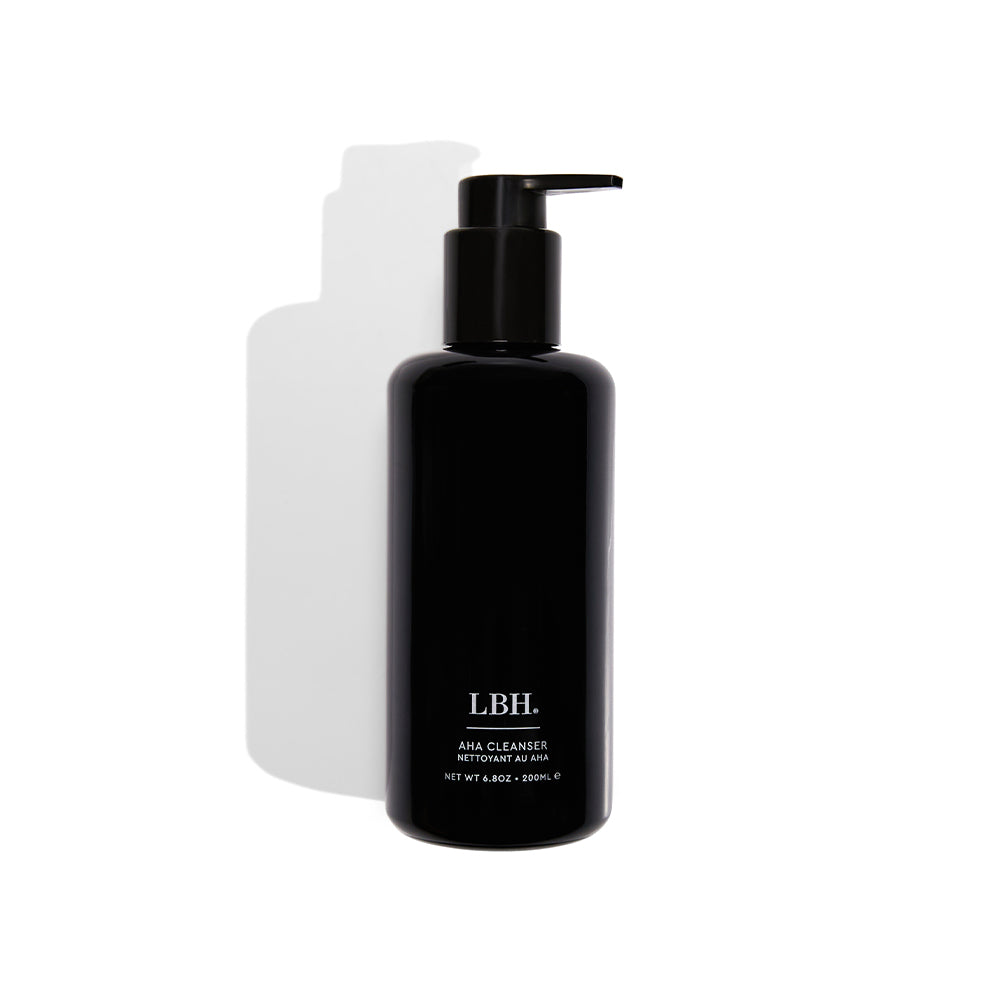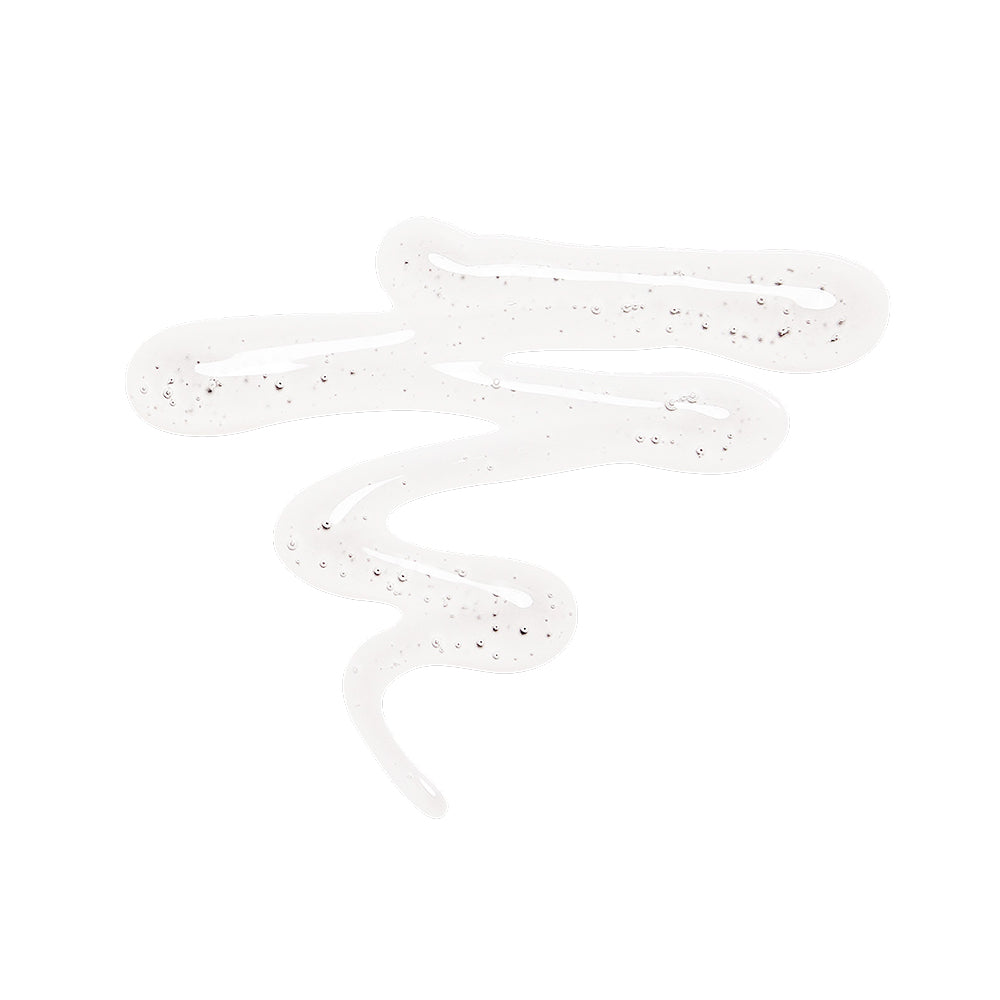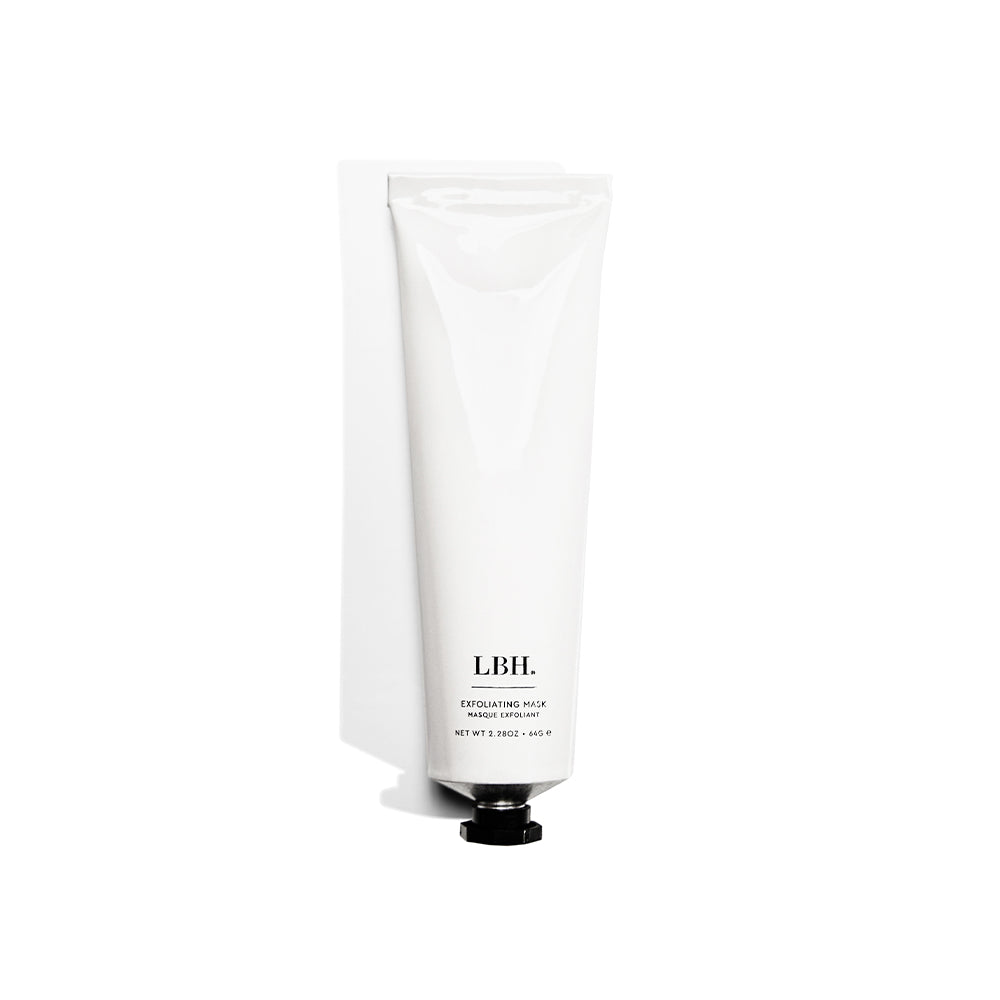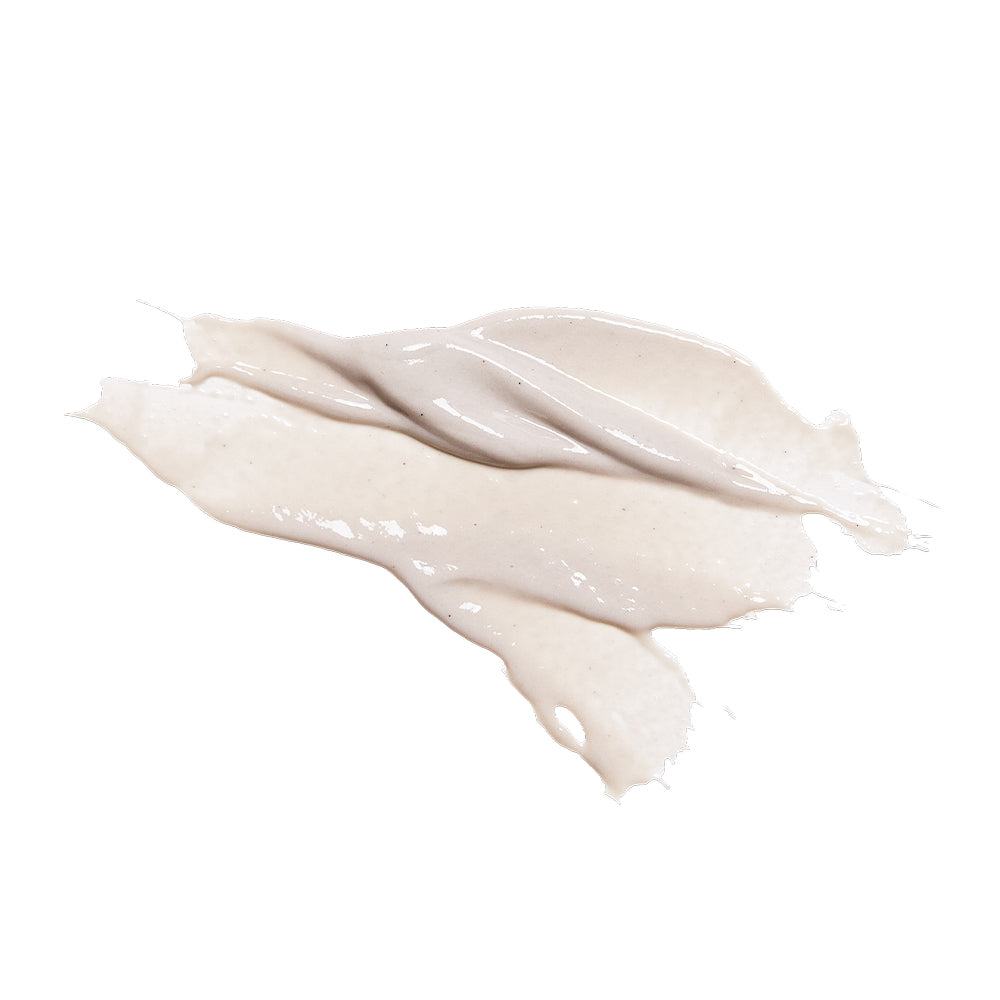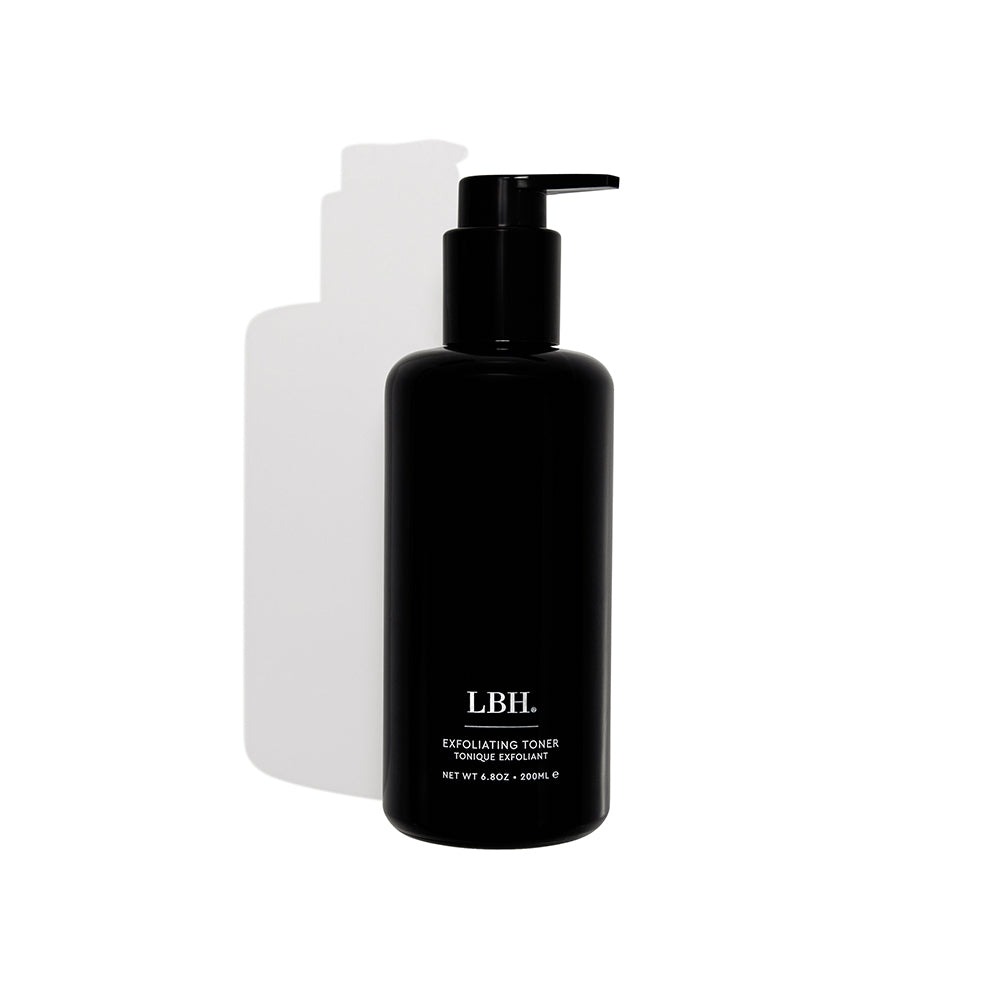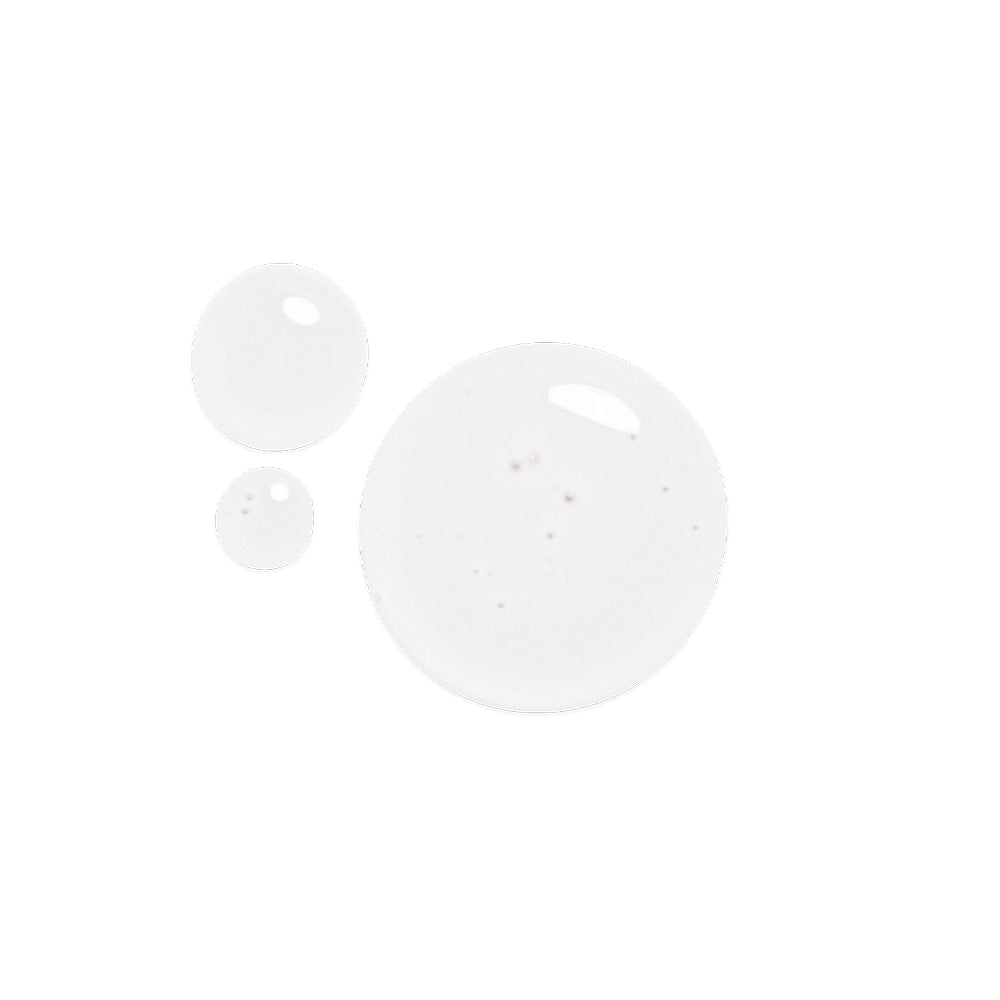Vitamin C in Skincare: A Balanced Examination of Benefits and Limitations
Vitamin C, known scientifically as L-ascorbic acid, has long been celebrated in skincare for its antioxidant and collagen-enhancing properties. Yet, its application, particularly for sensitive or problematic skin types, requires a nuanced understanding of potential limitations and alternative ingredients.
Potential Benefits and Limitations
Vitamin C offers notable antioxidant protection, shielding skin from environmental stressors like ultraviolet radiation and pollutants, and has demonstrated efficacy in improving skin tone and mitigating hyperpigmentation¹. Additionally, it plays a supportive role in collagen synthesis, which can enhance skin elasticity and reduce visible signs of aging².
However, despite these promising attributes, Vitamin C is not universally beneficial, particularly for sensitive, rosacea-prone, or acne-affected skin. Due to its inherently acidic nature, Vitamin C can increase irritation, redness, and sensitivity, potentially exacerbating inflammatory conditions³. Moreover, while theoretically beneficial against inflammation associated with acne, Vitamin C may provoke irritation or further compromise sensitive skin, depending on formulation and concentration⁴.
Alternative Ingredients: AHAs and Other Gentle Exfoliants
For skin types sensitive to Vitamin C, alpha-hydroxy acids (AHAs) such as glycolic acid, lactic acid, and mandelic acid represent effective alternatives. AHAs gently exfoliate the skin's surface, promoting cell turnover and significantly improving skin texture and tone without the harsh acidic nature associated with Vitamin C. AHAs also encourage collagen production and effectively address hyperpigmentation and fine lines, making them particularly suitable for sensitive and acne-prone individuals.
Ingredients like niacinamide and azelaic acid also provide viable alternatives. Niacinamide offers anti-inflammatory and barrier-strengthening properties, effectively managing redness, inflammation, and acne-related concerns. Azelaic acid, similarly gentle yet powerful, can effectively target acne, rosacea, and pigmentation concerns without the irritation risks linked with higher-concentration Vitamin C.
Recommendations for Sensitive Skin Types
Sensitive or inflamed skin types may benefit most from skincare regimens that emphasize gentle exfoliants, barrier-strengthening agents, and anti-inflammatory ingredients. If choosing Vitamin C, lower concentrations or stabilized, less acidic derivatives such as sodium ascorbyl phosphate are advisable, combined with soothing ingredients like Vitamin E or ferulic acid⁵,⁶.
Conclusion
While Vitamin C holds prominent status in skincare routines, its suitability varies significantly with skin type and sensitivity. Exploring gentler, equally effective alternatives such as AHAs, niacinamide, or azelaic acid can provide optimal skincare outcomes without the drawbacks commonly associated with Vitamin C.
Disclaimer: This content is intended for educational and informational purposes only and does not constitute medical advice, diagnosis, or treatment. The information presented reflects current dermatological research and expert opinion but should not be used as a substitute for consultation with a qualified healthcare professional. Always seek the guidance of your physician, dermatologist, or licensed skincare provider with any questions regarding your individual skin health, underlying conditions, or treatment protocols. Individual responses to skincare products and lifestyle changes may vary.
References
¹ Pullar, J. M., Carr, A. C., & Vissers, M. C. (2017). The roles of vitamin C in skin health. Nutrients, 9(8), 866.
² Al-Niaimi, F., & Chiang, N. Y. Z. (2017). Topical Vitamin C and the skin: Mechanisms of action and clinical applications. The Journal of Clinical and Aesthetic Dermatology, 10(7), 14–17.
³ Telang, P. S. (2013). Vitamin C in dermatology. Indian Dermatology Online Journal, 4(2), 143-146.
⁴ Kammeyer, A., & Luiten, R. M. (2015). Oxidation events and skin aging. Ageing Research Reviews, 21, 16-29.
⁵ Stamford, N. P. J. (2012). Stability, transdermal penetration, and cutaneous effects of ascorbic acid and its derivatives. Journal of Cosmetic Dermatology, 11(4), 310-317.
⁶ Lin, F. H., Lin, J. Y., Gupta, R. D., et al. (2005). Ferulic acid stabilizes a solution of vitamins C and E and doubles its photoprotection of skin. Journal of Investigative Dermatology, 125(4), 826-832.

